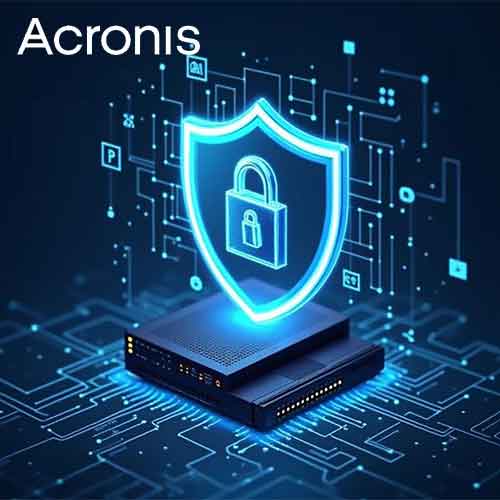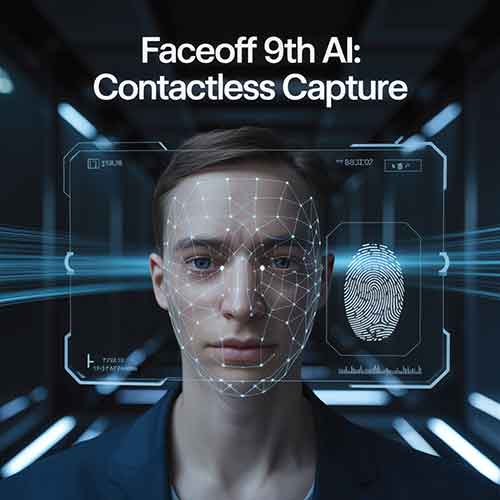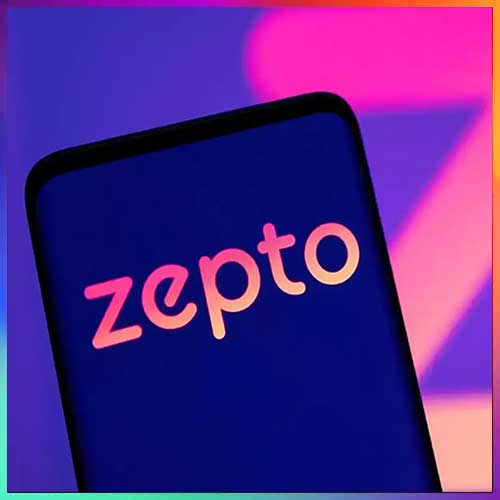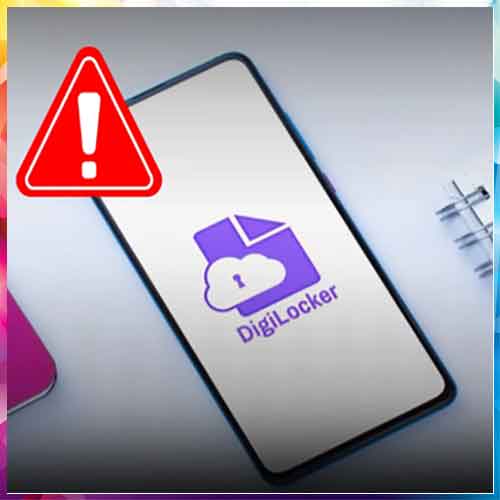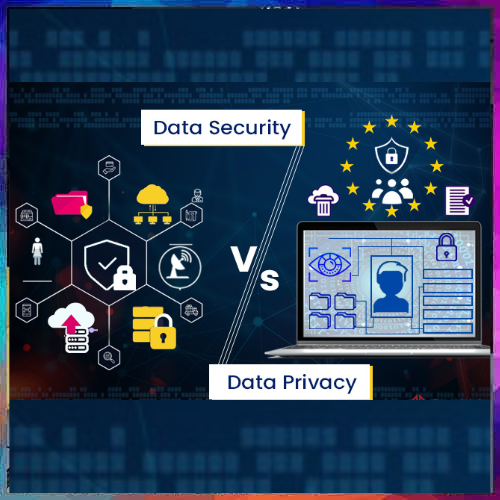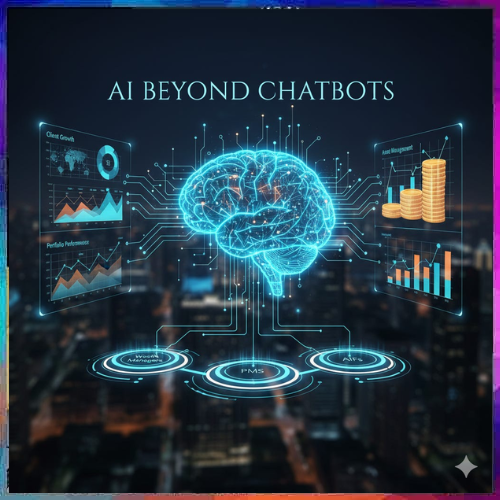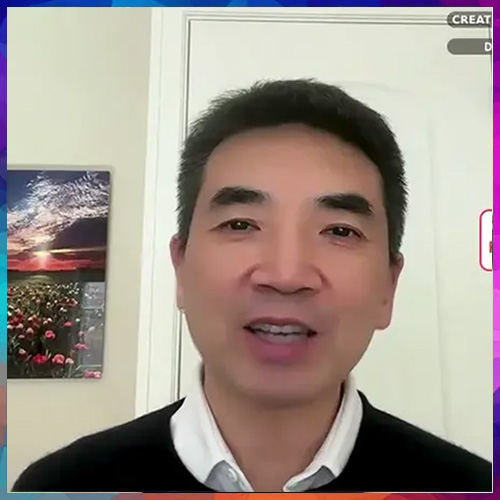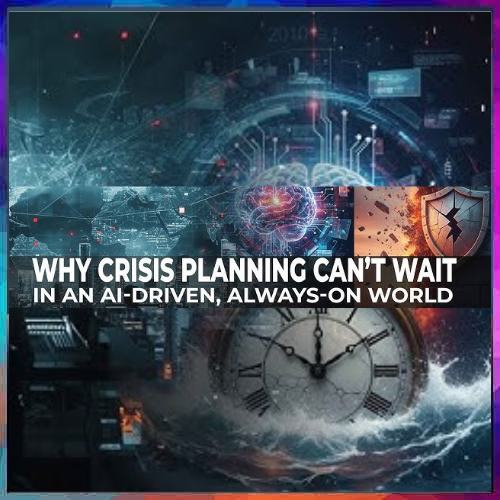
What does Auto IoT mean?
Connected cars are a reality and clearly, the connectivity of the devices and vehicles is increasing the anticipation and excitement around IoT. Cars of the future will not just be used for mobility, but will be equipped with more than 100 million lines of code - which is a staggering amount.
Sometimes it’s referred to as connected car, other times it’s called Automotive IoT or Auto IoT. It does not matter what term we use if our car is connected to some external device or vehicle it would mean that the network enables data to be shared to and from your car. This external network is commonly referred to as the “IoT”, the Internet of Things.
Auto IoT is expected to drive huge commercial and monetization opportunities
By the year 2020, Auto IoT applications like Connected Car, Usage Based Insurance, Car Monitoring & Usage, Traffic Monitoring and Electric Vehicle Charging are projected to create huge commercial opportunities. GSMA Connected Living estimates that 5 of the top 10 connected applications – Connected Car, Usage Based Insurance, Car Monitoring & Usage, Traffic Monitoring and Electric Vehicle Charging – are attributed to Auto IoT. These are the estimated value of those connected applications in 2020:

Also, the owners would be provided with reduction of the car costs in terms of general engineering improvements and insurance.
Auto IOT is expected to drive fatalities to zero
Globally, road accidents account for 1.24M deaths and 50 million injuries, according to World Health Organization. These fatalities have reduced since 1970s because of technological advancements. The connected cars will bring about increased driver safety and save lives by reducing human errors and distracted driving.
What technology is required?
The connected cars will have features like radars, V2X technology, biometric sensors, vision, and ultra-sonic. V2X technology will function by connecting the car to other cars, devices, people, and infrastructure. Fusing sensor data from the car’s own sensors with data provided from sources external to the car (V2X), will enable the car to understand its complex environment and execute enhanced actions with safety being a priority.
Auto IoT: What your behind-the-wheel experience will be like
Connected cars, nowadays come with features like navigation system, emergency call system, internet access which can help the passenger or the driver in avoiding traffic jams, accidents, preventing fatigue, and easy navigation. Also, in emergent times, the car would make the call to the emergency contacts which would be possible because of the connection of the smart phone.
Hence, more than a dozen use cases were shown with the vehicle that “sees” what’s ahead, around corners and over hills, detecting people and other vehicles. It syncs with traffic signals to zip through green lights. It knows about an approaching ambulance, pinpointing the location of the siren that would otherwise only be heard. It helps you avoid accidents, reduces congestion and minimizes emissions.
V2X technology paves your way to auto IoT
Few years down the line, the cars- if that is what they would be called then- will be able to self sustainably navigate through the highways and the busy roads. After the leap of connected cars, driving the cars would not be required because with the help of V2X, radars, visions, etc. the cars will take care of themselves and the person sitting in it.
Reduced accidents, cheaper insurance premiums, running costs, zero emissions and significant minimisation in commute times are all achieved. Your traditional car window becomes a viewing and work surface, flexible and fun to suit all occupants’ needs.
Internet of Things will be a vital part for connected cars in the coming time and gradually, the autonomous or the self-driving cars will take over. But, automotive industry is just one of the strata which IoT will contribute in reforming.
Sanjay Gupta
Vice President and India Country Manager, NXP India Pvt. Ltd.
Tags: Auto IoT, sanjay gupta nxp india, nxp india, iot
See What’s Next in Tech With the Fast Forward Newsletter
Tweets From @varindiamag
Nothing to see here - yet
When they Tweet, their Tweets will show up here.






